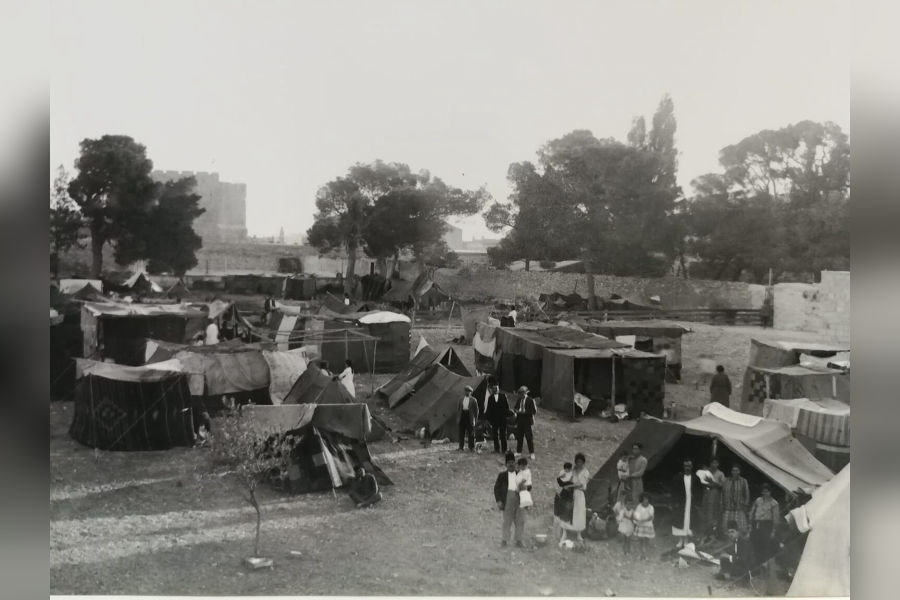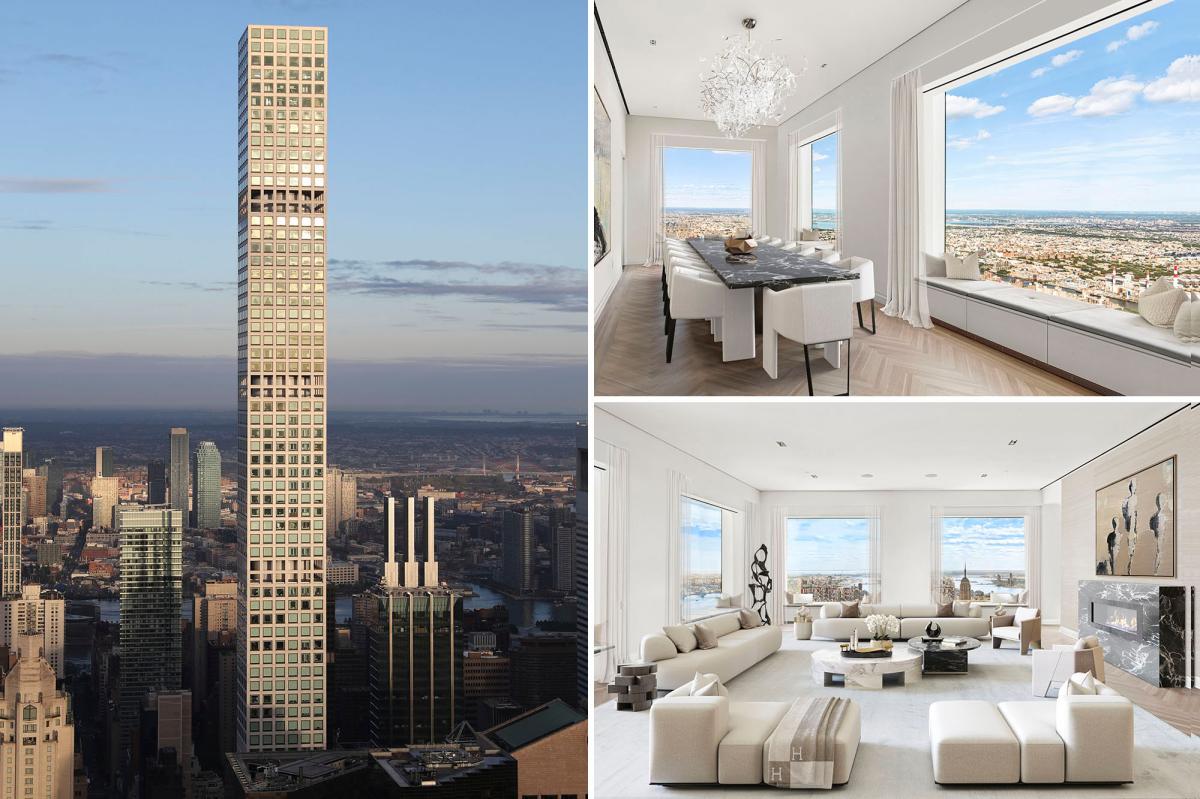T
he Old City of Jerusalem is a focal point for Christianity, Islam, and Judaism, housing the Church of the Holy Sepulchre, the Dome of the Rock, Al‑Aqsa Mosque, the Temple Mount, and the Western Wall. Its religious, cultural, and educational significance is matched by its political weight.
The Palestinian question resurfaced when Israel seized East Jerusalem in 1967. East Jerusalem became a flashpoint between Israel and the future Palestinian state. Israelis claim the city as their eternal capital; Palestinians see it as the heart of their future nation. Since then, Israel has pursued control over strategic areas of the Old City, using its occupation of East Jerusalem to advance this goal.
Before Israel’s establishment in 1948, real‑estate transactions in the Old City were modest. The Six‑Day War of 1967 sparked a frenzy of property deals driven by political, ethnic, and religious motives, especially from the Israeli side.
When Muslims captured Jerusalem in 638 AD, they respected the property rights of residents. Caliph Umar’s Pact of Umar guaranteed protection for churches and properties, a landmark document in Jerusalem’s history. An Arabic inscription at the Armenian monastery’s entrance, attributed to Sultan al‑Zahir Abu Said Shakmak (1437), similarly protected Armenian holy sites and exempted them from poll tax.
During Ottoman rule (1516‑1917), the British Mandate (1920‑1948), and Jordanian administration (1950‑1967), real‑estate activity in the Old City remained relatively orderly, free from overt manipulation by authorities.
After Israel’s occupation of East Jerusalem, Jewish settlers—backed by the Israeli government—began aggressively acquiring property, especially near the Jewish Quarter. They used force, intimidation, financial incentives, and extortion to assert Jewish dominance at the expense of other communities.
Settlers targeted not only ordinary residents but also Christian patriarchates. They infiltrated the Greek Orthodox and Armenian Orthodox Patriarchates, exploiting internal corruption to secure strategically located properties close to the Jewish Quarter. Recent high‑profile seizures include the Petra and Imperial hotels (Greek Orthodox) and the Cows’ Garden and its annexes (Armenian Orthodox). These sites are large, situated along the main road to the Western Wall, a site of profound Jewish significance as part of the Temple Mount, known to Muslims as Haram al‑Sharif.
The Armenian presence in Jerusalem dates back to the early fourth century, following Armenia’s adoption of Christianity in 301 AD. Armenian monks and pilgrims established a continuous community, centered around St. James Monastery. By the nineteenth century, the Armenian Quarter had taken its modern form, becoming the oldest continuously inhabited Armenian community outside Armenia. Today it occupies about 14 % of the Old City’s area, located in the southwestern corner, accessible via Zion Gate and Jaffa Gate. The Jewish Quarter lies to the southeast, reachable through Jaffa Gate, Zion Gate, and Dung Gate. Souk al‑Hosur Street (Habbad Street) separates the two quarters, yet the neighborhoods are deeply intertwined.
The Armenian Patriarchate of Jerusalem, founded in 638 AD, remains a source of pride for Armenians worldwide. Its first patriarch, Abraham I, served from 638 to 669 AD. The Patriarchate faced financial hardship between 1666 and 1715. Patriarch Krikor VI Shiravantzee (1715‑1749) famously wore a heavy iron chain until the Patriarchate’s debts were cleared, earning him the title “Chain‑Bearer.” His vow and integrity are still revered.
In recent years, the Patriarchate’s situation has deteriorated. On 8 July 2021, Patriarch Nourhan Manougian, his deputy Archbishop Sevan Gharibian, and real‑estate manager Father Baret Yeretzian signed a contract with Danny Rubinstein, a Jewish settler and Australian businessman. The agreement grants a 98‑year lease for 11,500 m² of Patriarchal land known as “Goverou Bardez” (Cows’ Garden) to build a luxury hotel. This land constitutes about 25 % of the Armenian Quarter. The contract was signed without approval from the Brotherhood of St. James/Holy Synod, rendering it legally and canonically void. Leasing such a strategic property for nearly a century would sever the community’s lifeline, depriving Armenians of parking, and hindering access to homes, schools, and churches.
Beyond logistical hardship, the proposed hotel could become an extremist Jewish settlement outpost, mirroring the Petra and Imperial hotels. This would strip Armenians of social and religious freedoms and intensify daily harassment by settlers.
Armenians living under Israeli occupation face a dire struggle for survival, compounded by the actions of corrupt, incompetent, and indifferent Armenian clergy who fail to acknowledge or apologize for the consequences of their decisions. Instead, these clergy participate in social events, smiling shamelessly, appearing unaffected by the situation they have helped create.
If the “Cows’ Garden” is lost, it will signal the gradual end of the Armenian presence in Jerusalem. Without vigilance and loyalty to our nation, our ancestors, and the honorable clerics who preceded us, we risk losing Jerusalem—the Jewel of the Holy Land.
From a religious perspective, both Heaven and Jerusalem represent humanity’s future: the afterlife, eternal life (Vereen Yerousaghem).












